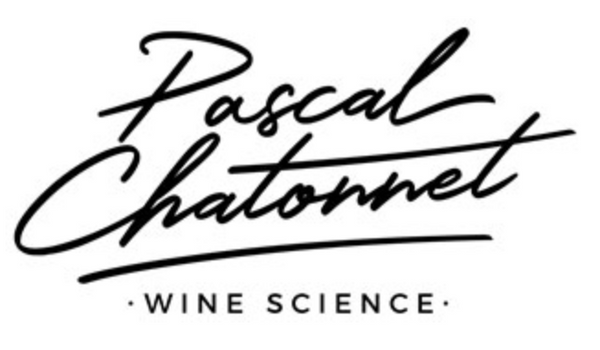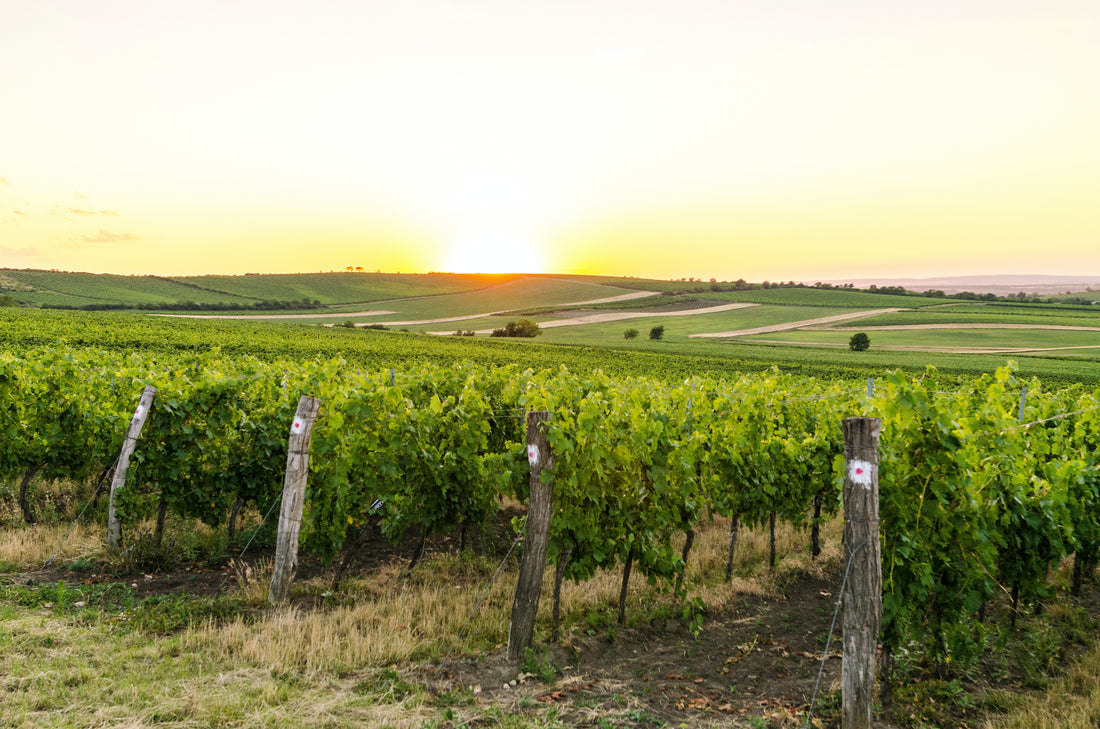Planting density is an important subject because it influences both the quantity and quality of production and also the cost of production by impacting the conditions for the mechanization of work. Our appellations impose a minimum of 5,500 vines per hectare which represents a maximum authorized production of around 1.3 bottles per vine which seems excessive to us to produce high quality. All our plantations for almost a quarter of a century have been carried out between 6,700 and 7,000 plants per hectare, which allows us a
comfortable mechanization (1.5 m standard spacing between rows) and low production per foot reduced to the legal maximum between 0.8 and 0.75 bottles per foot although our average target is only between 0.5 and 0.65 bottle per foot! Under these conditions we produce 0.5 to 0.6 kg/m² of exposed leaf surface while it is recognized that we can produce quality grapes in our latitudes up to 1.2-1.5 kg/ m². Is there any benefit in significantly increasing densities? Why not grow 10 or 12,000 plants per hectare? Medieval plantations in non-mechanized crowds reached many more (50-60,000) until the 19th century. The Médoc has average densities of around 10,000 feet for example. Greater density makes it possible to produce less per plant and more per hectare, it is therefore a parameter that improves the certain qualitative potential. This very high density is well suited to extremely poor soils, with
vines with low vigor and good water availability in summer. On naturally deeper soils such as the entire right bank and with a higher proportion of clay, the high density risks inducing significantly greater individual vigor which will only be slightly offset by the increased competition effect. between vines...This increase in individual vigor can cause excessive crowding which is favorable to diseases (mildew, gray rot) or a problem with sagging of Merlot unless the vigor of the rootstock is drastically reduced; but what about the risk of insufficient water supply?
in summer ? In addition, the cost of mechanization is very significantly higher because it requires less standard equipment in these conditions. In the end, apart from the media aspect allowing us to boast of a higher planting density than that of our neighbors, implicitly suggesting that we therefore produce much better, I am not convinced of the interest of the very positive results of such a significant increase in density on our scale without having, as I have just explained, a negative opinion on the
question. The decision on planting orientation directly influences exposure to sunlight. It is therefore a parameter which will influence the quality of the grapes. This choice is sometimes based on the simple size of the plot or its sloping topography. But in other cases we must reason it according to the grape variety and the type of soil. Under our latitude
Bordeaux, around the 45th parallel north, both exposures are entirely possible. The north-south orientation has the advantage of offering a position exposed to the morning sun and neutral towards the sun at its zenith, where it is hottest but for a limited duration. The east-west position induces moderate exposure in the morning and greater insolation during the afternoon until the sun sets, i.e. stronger and longer exposure in summer. We thus understand that, depending on whether the soil is deep or superficial, with a low or high useful water reserve producing a moderate to high density of foliage, and whether the grape variety is earlier or later, we had to intelligently choose the most suitable orientation. better adapted and not simply thinking about optimizing tractor turns. The management of foliage and in particular of leaf stripping is done taking into account this crucial parameter: east-west vineyards are normally only stripped of leaves at sunrise to avoid burns. This is not the case everywhere, but in our Bordeaux region, the vineyard must (to be mechanizable) be trellised on metal wire frames stretched over wooden stakes.
We have always and maintain the use of wooden stakes, chestnut, more durable over time, or now acacia (split if possible), more economical and available locally. Metal stakes represent an interesting economic alternative in the very long term but with a disastrous carbon footprint (wooden stake 4 kg Carbon/t compared to 1000 kg eq.C/t for galvanized metal). Likewise, the trellising wires that we used in stainless steel were replaced by a return to galvanized with financial savings and also a much better carbon footprint (-40% emissions). All ties used for wedging or trellising must be organic in nature (rush, wicker, raffia, recycled fabric): all plastic materials should be avoided in Agro-Synergy!


